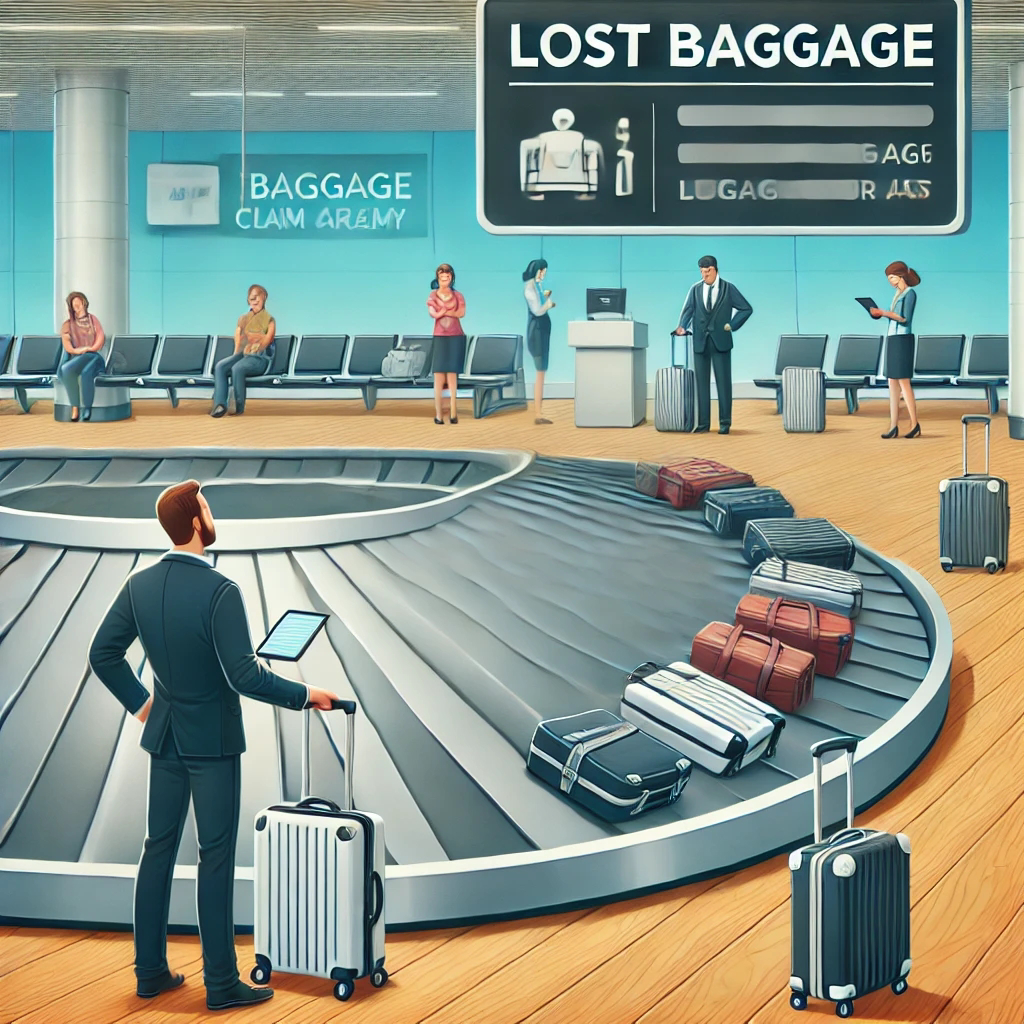Inside an Air Traffic Control Tower: How Flights Are Managed
Every time a plane takes off or lands, a team of highly skilled professionals ensures everything runs smoothly. Air Traffic Controllers (ATCs) are the unsung heroes of aviation, guiding thousands of flights safely through the skies every day. But what really happens inside an Air Traffic Control Tower (ATCT)? Let’s take a closer look.
What is Air Traffic Control (ATC)?
ATC is a complex system designed to prevent collisions, manage aircraft movements, and maintain an orderly flow of air traffic. Controllers use radars, communication systems, and navigation tools to guide pilots from takeoff to landing.
Different Types of Air Traffic Control
1. Ground Control;
Handles aircraft taxiing to and from the runway And ensures planes don’t collide on the ground.
2. Tower Control;
Oversees takeoffs and landings, it gives pilots clearance to enter the runway and take off.
3. Approach/Departure Control;
Manages planes climbing after takeoff or descending for landing.It Ensures a safe distance between aircraft.
4. En-Route Control (Center ATC);
Guides aircraft at cruising altitude across long distances.
Uses radar to track multiple planes at once.
A Day Inside an Air Traffic Control Tower
🔹 Early Morning: Prepping for the Day
Controllers check weather updates, flight schedules, and potential airspace restrictions. They must stay alert, as even minor changes can affect flight operations.
🔹 Peak Hours: Managing Heavy Traffic
During rush hours, multiple flights take off, land, and taxi simultaneously. Controllers:
✔️ Communicate with pilots in real time.
✔️ Monitor radars to avoid conflicts.
✔️ Adjust flight paths for delays or emergencies.
🔹 Emergency Situations: Quick Decision-Making
In case of an emergency (bad weather, engine failure, or medical issues onboard), ATCs:
🚨 Give pilots priority landing clearance.
🚨 Divert flights to alternate airports if necessary.
🚨 Coordinate with rescue teams on the ground.
Skills Needed to Be an ATC
✔️ Quick Thinking – Decisions must be made in seconds.
✔️ Strong Communication – Controllers must give pilots clear, precise instructions.
✔️ Multi-Tasking – Managing multiple planes at once is a huge responsibility.
✔️ High Focus Levels – Mistakes can be catastrophic in this role.
Next time you fly, remember that a whole team of experts in the control tower is working behind the scenes to keep you safe. Air Traffic Control is a high-pressure but rewarding career that plays a vital role in global aviation.
Would you consider being an air traffic controller? Let us know in the comments!



Comments
Post a Comment